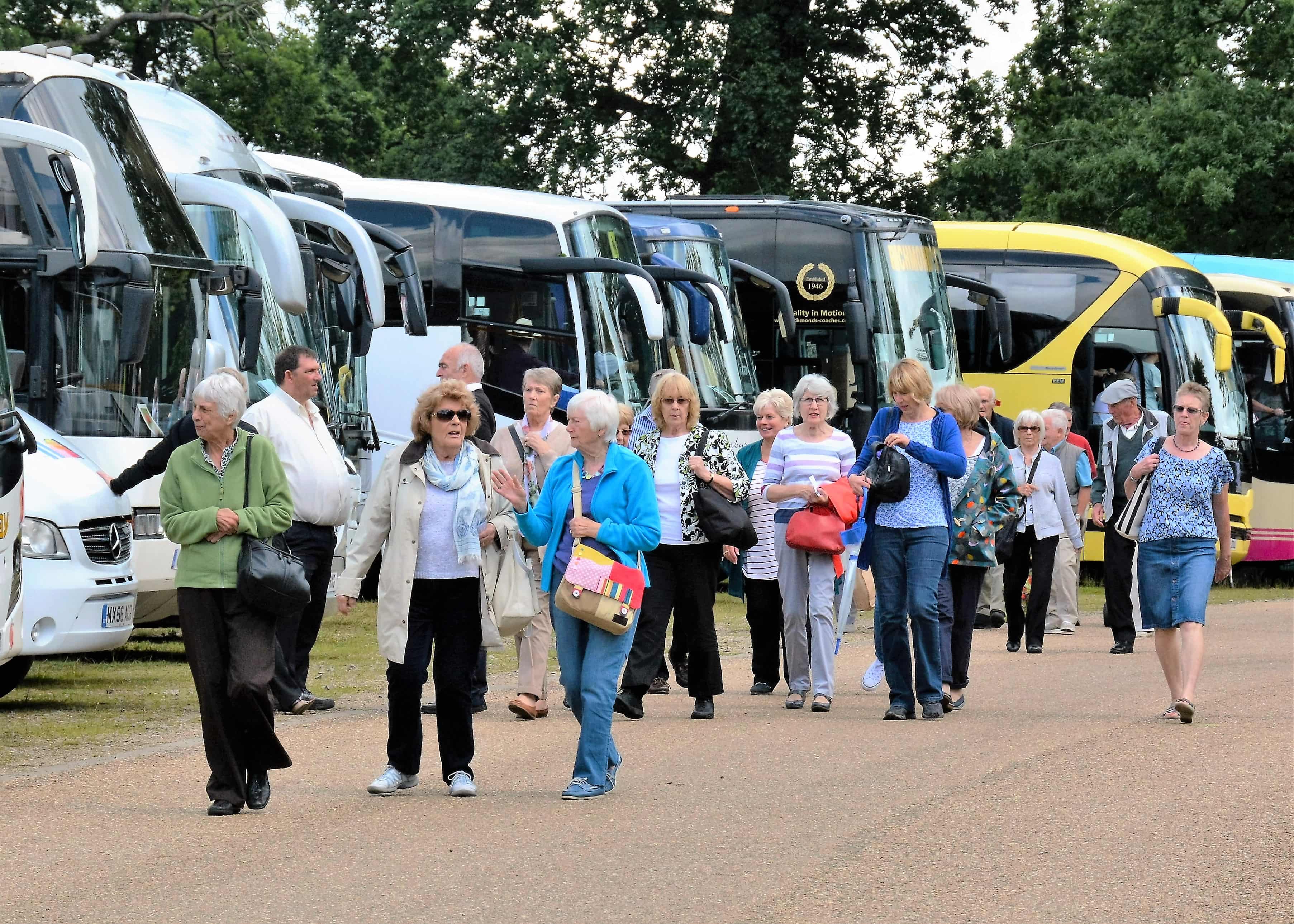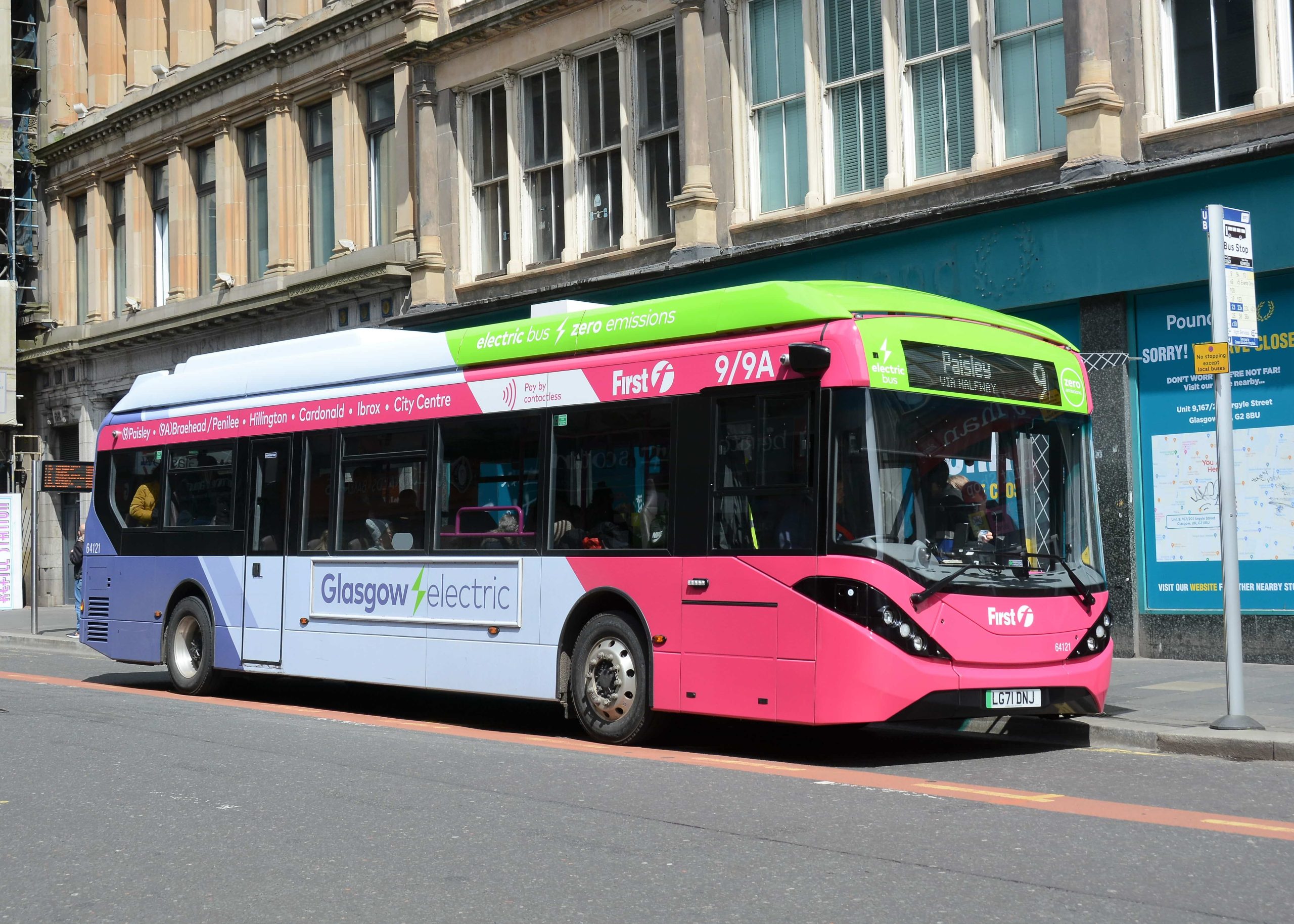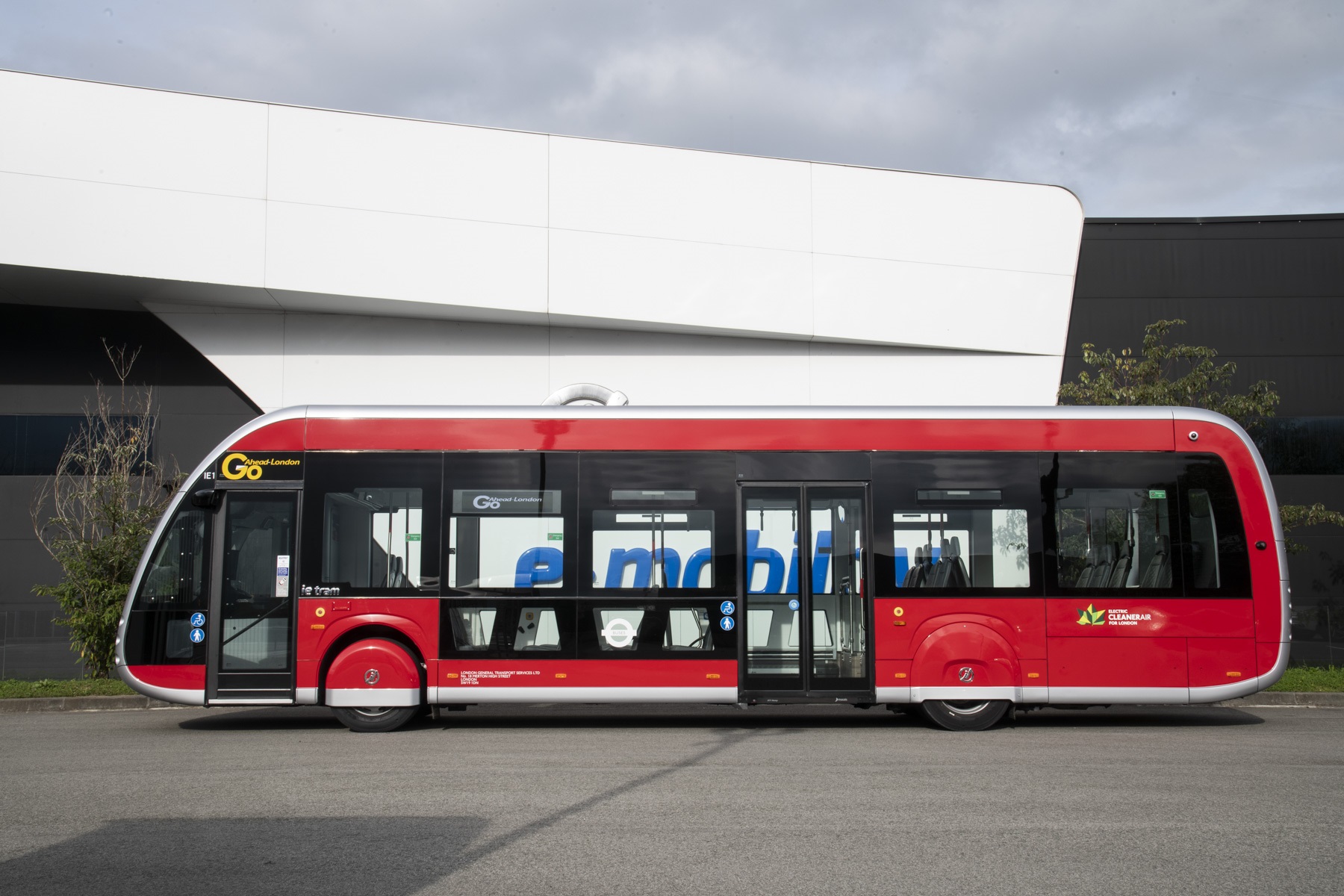With driver recruitment a challenge, incentives have been one option on the table. But for coach operators, has the shortage of drivers resulted in a tipping point in terms of rates?
A Confederation of Passenger Transport (CPT) survey, carried out in September this year, found a 9% vacancy rate for bus drivers in the UK, and a 16% rate for coach drivers, the latter rising to 26% when factoring in potential vacancies.
In October this year, in a move to attract new bus drivers, Oxford Bus Company increased its signing-on bonus from £2,000 to £3,000. Nearly a year earlier, in November 2021, First Glasgow went down a similar route, but this time offering a £4,000 sign-on bonus.
The Glasgow initiative didn’t last very long, partly due to an upturn in the jobs market, but primarily because the company changed tack, using the money to invest in increasing pay rates overall, including rates for trainees.
A spokesperson for First Glasgow told routeone that the original sign-on bonus had brought some response, but not as much as hoped.
“We took the decision that rather than continue the sign-on bonus we would invest in pay right across the business,” they say. “We’ve increased pay for our city drivers to £15 an hour. But we’ve also increased the rates for our trainees who, from day one, now receive £13 an hour. We’ve done that to avoid them dropping out or moving over to other employers. We’ve also removed the graded pay scale, where a driver’s pay would increase over time. Now, all regular drivers are rewarded the same. Attracting and retaining new drivers is important, but so is keeping the drivers we have. Giving new drivers a bonus sounds good, but that can alienate existing drivers. We’re still not at full strength though, but we’re moving in the right direction.”
Across the coach sector, examples of operators paying incentives to attract drivers appear few and far between. In Warwickshire, Johnsons Coaches of Henley in Arden offered incentive bonuses for coach drivers in 2021. The initiative came to an end after only a few months as, once again, the labour market improved.

Demand is outstripping supply
In the coach sector, and in the immediate aftermath of the COVID-19 pandemic, a number of operators found themselves faced with drivers leaving the industry. Part of this was due to EU nationals choosing to return to their home countries, and partly because some drivers had discovered that working as supermarket drivers, or in other sectors, was preferable to the stress of dealing with irate passengers. But whatever the reason, many operators found themselves needing to cut their cloth accordingly. For some, that meant shrinking their businesses.
The CPT survey revealed that 79% of coach operator members had reduced the number of vehicles available for private hire work, 24% had reduced their tour work and nearly half had been forced to subcontract work to other operators.
But as the economy bounced back, many operators have found themselves very busy with demand often outstripping supply. Some schools, unable to run trips in the summer because operators couldn’t supply coaches, moved everything to the autumn. In some cases, schools have had to look well beyond their usual catchment area to find coach operators able to provide vehicles for trips. Faced with this, coach operators have been taking the opportunity to increase their quotes, both for schools work and private hire. The situation varies around the country of course, but one operator questioned whether this might be the long-awaited tipping point that will see a sustained move towards charging more realistic rates.
Peter Bradley, Managing Director of the UK Coach Operators Association, notes that operators are looking closely at their competition to see where rates, both for drivers, and for private hire work need to be.
“Competition might be other operators, but equally it might be other employers in different sectors,” he says. “Operators are generally in tune with where rates need to be. For drivers, that might mean offering a higher rate but with less flexibility in the work and hours they do, or a lower rate but with more flexibility.
Drivers have different needs and expectations, and this approach reflects that. Some operators offer a basic ‘salary’ with bonuses depending on the work being carried out.”
Peter notes that drivers’ hours regulations remain a sticking point when attracting younger drivers to the industry.
“The UKCOA is currently establishing a working group to come up with recommendations we can put to government,” he says. “We’ll be working with the other trade bodies to co-ordinate our approach.”
But looking at rates, the description of the industry currently being at a tipping point seems an appropriate one. However, the question remains. Can all this be maintained, or as we’ve seen before, will everything tip back again?




























